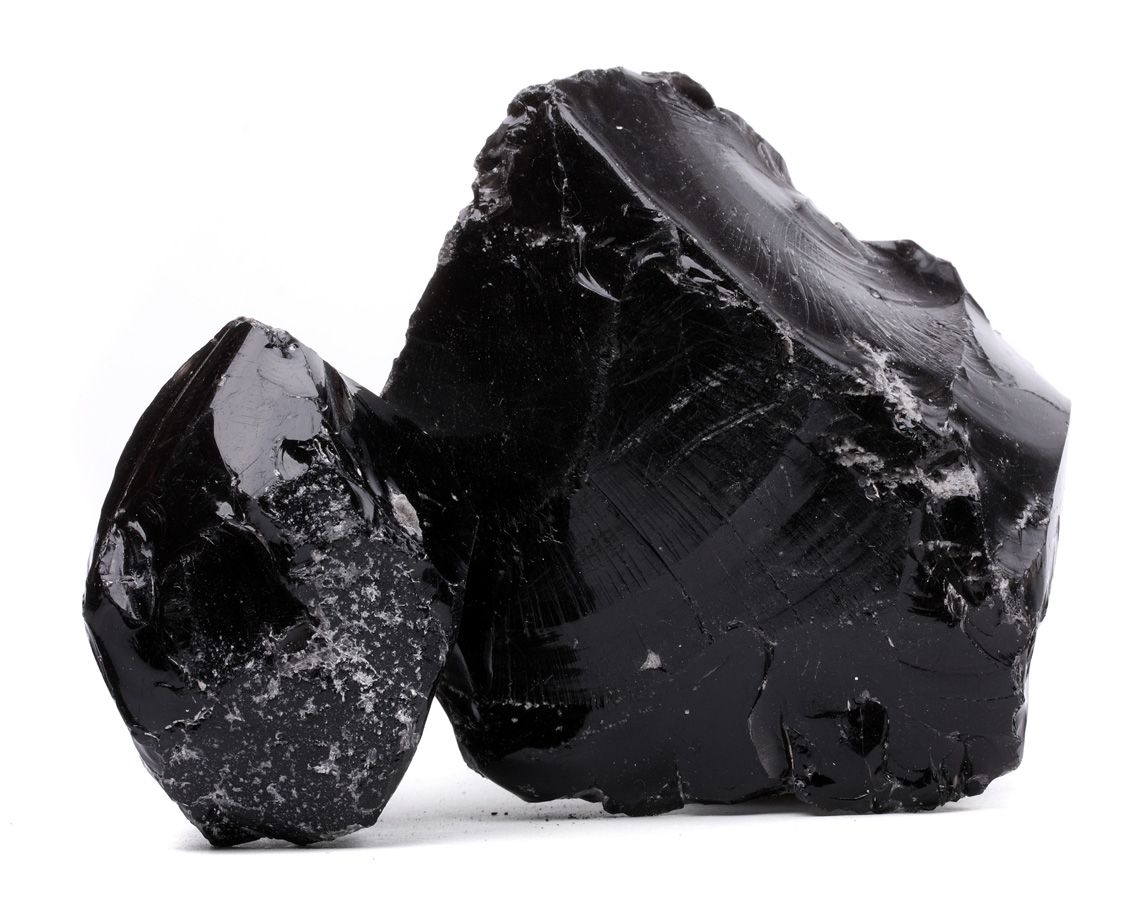
Obsidian can also be found in the eastern U.S. states including Arizona, Colorado, New Mexico, Texas, Utah, Washington, Oregon, and Idaho. Yellowstone National Park has an obsidian mountainside between Mammoth Hot Springs and Norris Geyser Basin, and deposits can be found in many other western U.S. In the calderas of the Newberry Volcano and Medicine Lake Volcano in the Cascade Range of West North America and in Inyo Craters east of the Sierra Nevada in California, obsidian flows that can be hiked on are found. It can be found in Argentina, Australia, Armenia, Azerbaijan, Canada, Chile, Georgia, Greece, El Salvador, Guatemala, Iceland, Italy, Japan, Kenya, Mexico, New Zealand, Papua New Guinea, Peru, Scotland, Turkey and the United States. Obsidian can be found in places where rhyolitic eruptions have occurred. Mexico’s colorful, striped obsidian (rainbow obsidian) contains oriented hedenbergite nanorods that cause thin-film interference to the rainbow stripping effects. The inclusion of magnetite nanoparticles creating thin-film interference causes an iridescent, rainbow-like sheen (fire obsidian). These bubbles can have interesting effects like a golden shine (sheen obsidian). Obsidian may contain patterns of the remaining gas bubbles from the lava flow, aligned with layers created as the molten rock flowed before cooling. In some stones, a blotchy or snowflake pattern (snowflake obsidian) is produced by the inclusion of small, white, radially clustered mineral cristobalite spherulites in the black glass. Very few obsidian samples are almost colorless.

Most black obsidians contain magnetite, an iron oxide, nanoinclusions. Iron and other elements of transition can give a dark brown to black color to the obsidian. Pure obsidian usually appears to be dark, although the color may vary depending on the presence of impurities. Obsidian with multicolored iridescence caused by inclusions of magnetite nanoparticles “caused mainly by trace elements or inclusions”.

Obsidian may rarely be blue, red, orange, or yellow.


 0 kommentar(er)
0 kommentar(er)
